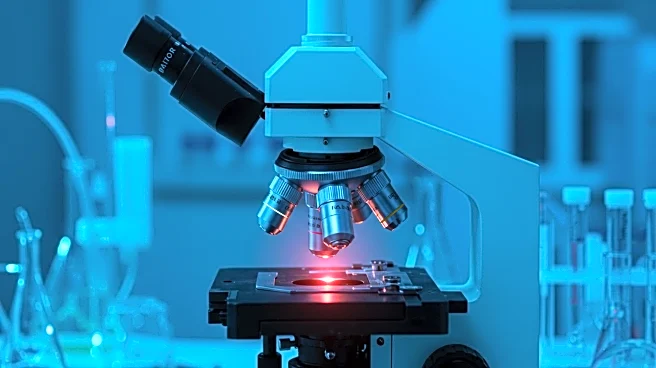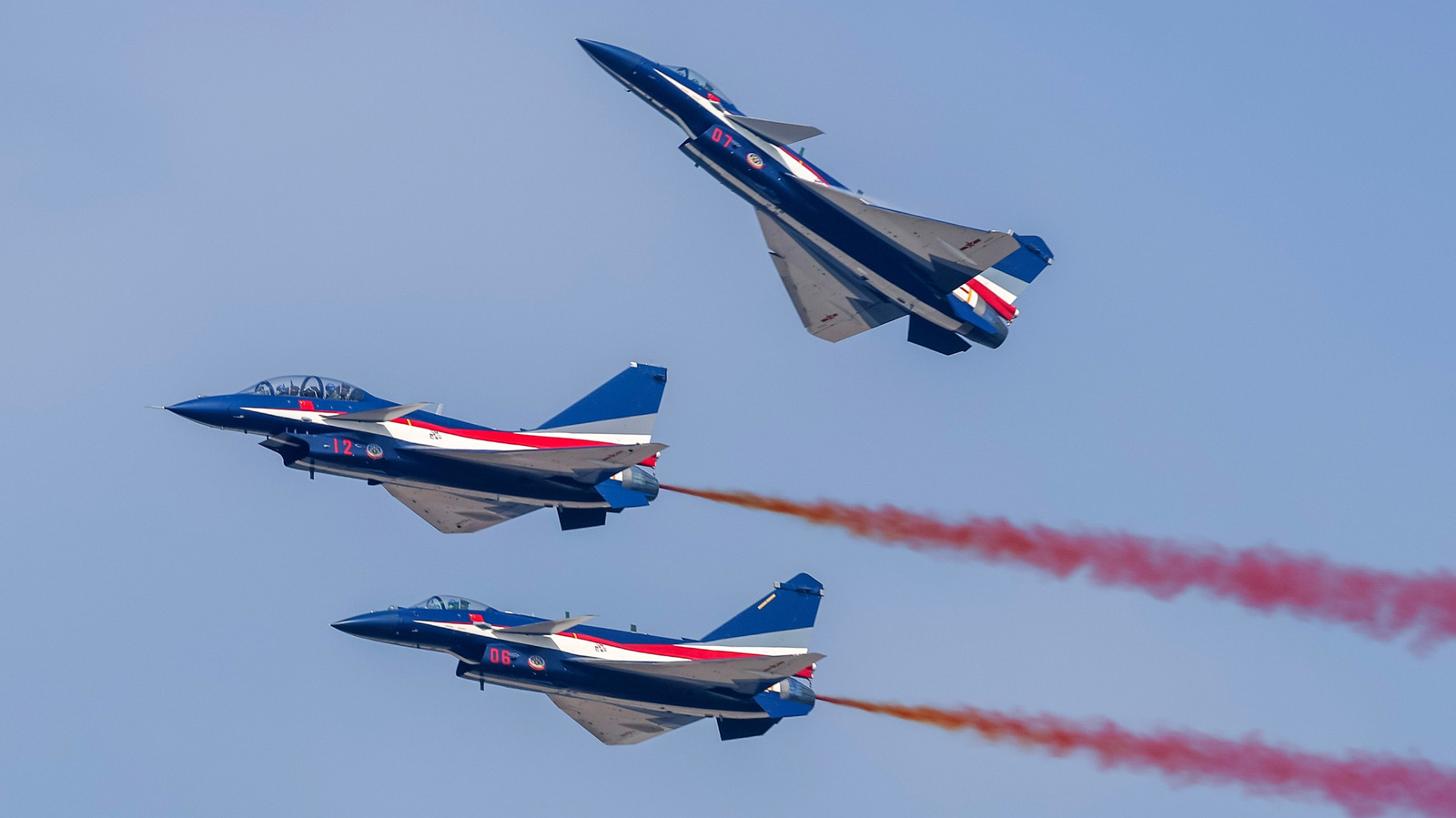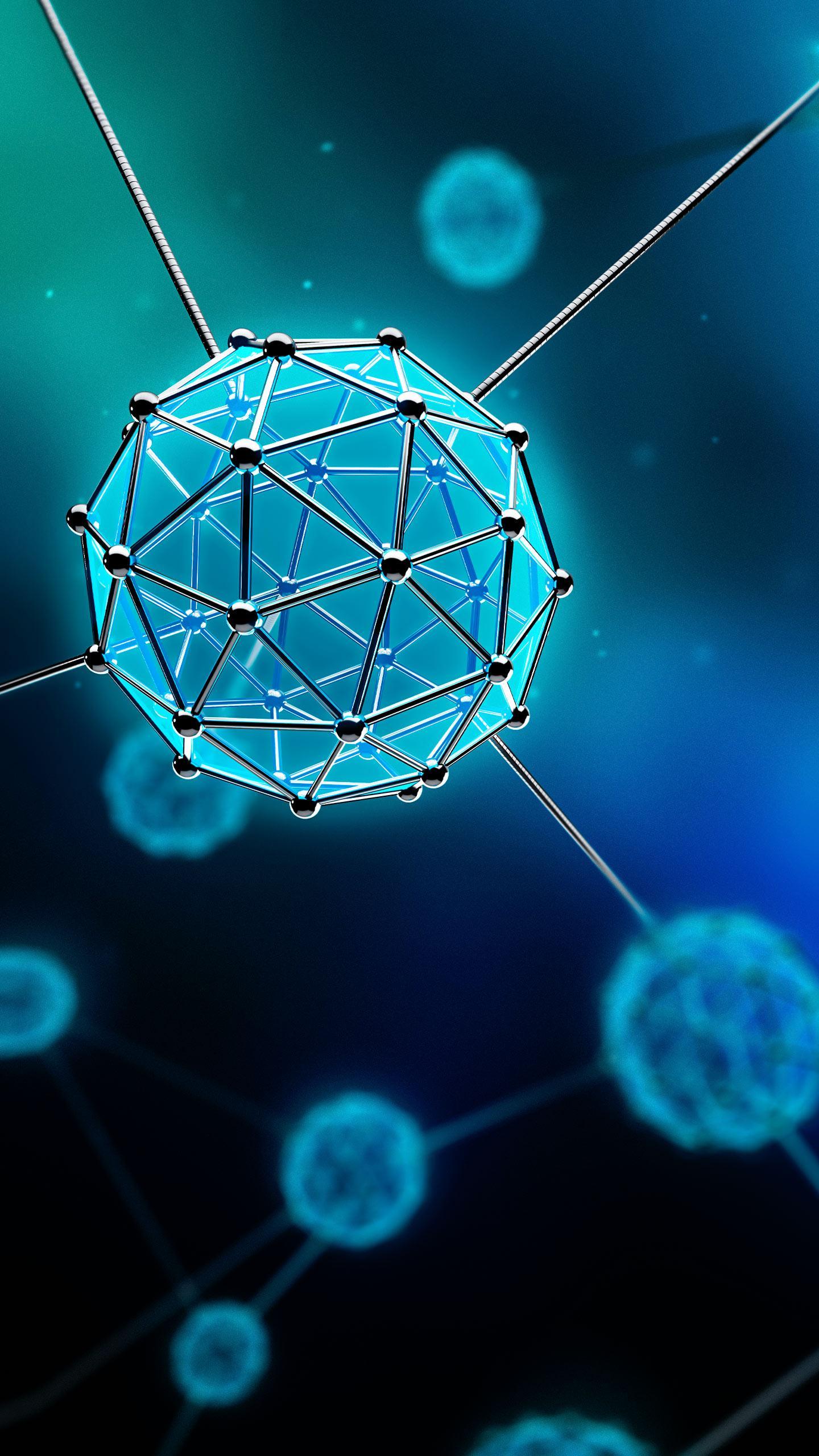What is the story about?
What's Happening?
Recent developments in Coherent Anti-Stokes Raman Scattering (CARS) have improved high-speed chemical imaging, material science, and biomedical diagnostics. The inherent coherent nature of CARS poses challenges for quantitative chemical imaging due to the loss of spectral phase information. Researchers have introduced a mathematical framework to enable spectral phase retrieval, enhancing the accuracy of chemical imaging. This approach uses a narrowband Stokes beam and a broadband pump/probe beam to induce interference, allowing for the retrieval of spectral phase information.
Why It's Important?
The ability to retrieve spectral phase information in CARS imaging is crucial for accurate chemical analysis, impacting fields such as material science and biomedical diagnostics. This advancement allows for more precise imaging of chemical compositions, potentially leading to better diagnostic tools and improved understanding of complex materials. The enhanced imaging capabilities could lead to breakthroughs in medical research and treatment, offering more detailed insights into biological samples.
Beyond the Headlines
The integration of supervised compressive methods into CARS imaging offers a solution to the challenge of excessive data throughput in hyperspectral imaging. By leveraging the low-rank structure of hyperspectral complex matrices, researchers can achieve data compression, reducing the amount of data required for accurate imaging. This approach not only improves efficiency but also enhances the potential for real-time imaging applications in various scientific fields.
AI Generated Content
Do you find this article useful?
















